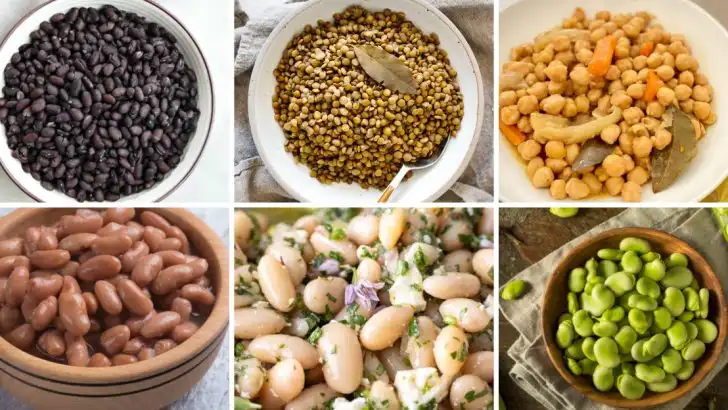Growing your own beans at home is one of the most rewarding and practical gardening choices you can make. Not only do they add a fresh, homegrown touch to your meals, but beans are also packed with nutrients, making them a smart addition to any garden. From protein-rich varieties to those that fix nitrogen in the soil, beans offer a lot more than just tasty harvests. If you’re ready to give your backyard or balcony a boost, there are plenty of bean types to consider, each with its unique flavor and benefits.
Planting beans is relatively easy, and many types are forgiving when it comes to care, making them perfect for gardeners of all skill levels. With minimal space and effort, you can start growing beans that will provide you with a steady supply of fresh, nutritious food. Whether you prefer the hearty taste of kidney beans or the delicate sweetness of green beans, the variety of options makes it easy to find something that suits your tastes and gardening setup. Let’s take a look at some delicious and nutritious beans you can grow at home!
Black Beans
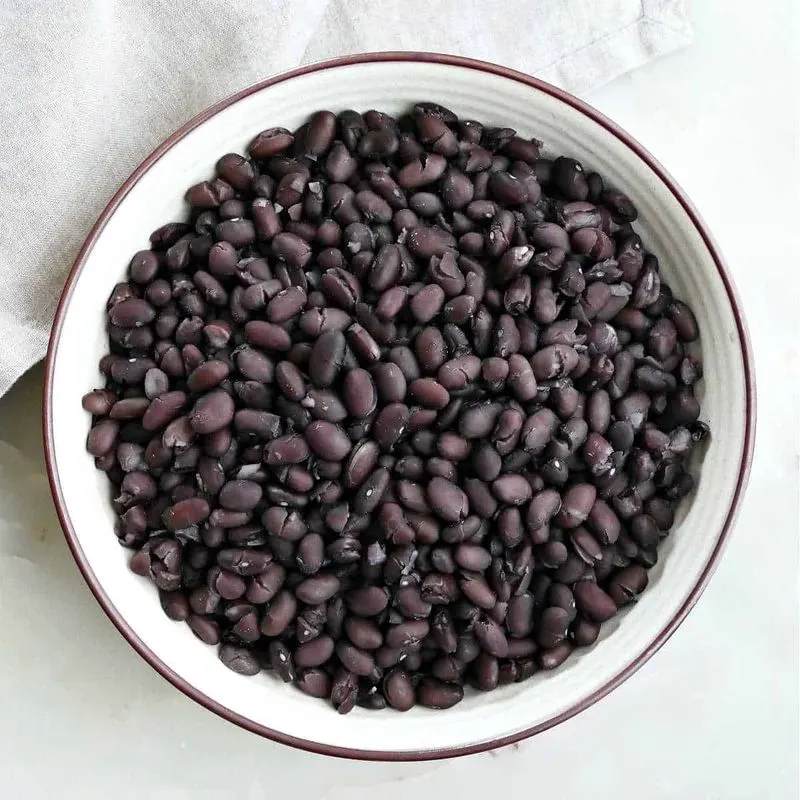
Black beans are versatile and packed with protein and iron. They thrive in warm climates, where they can grow abundantly given the right conditions.
Plant them in well-drained soil with plenty of sunlight. Water regularly, but avoid waterlogging.
Once harvested, they can be used in a variety of dishes, from hearty soups to vibrant salads. Their rich flavor and smooth texture make them a favorite among many home gardeners.
Lentils
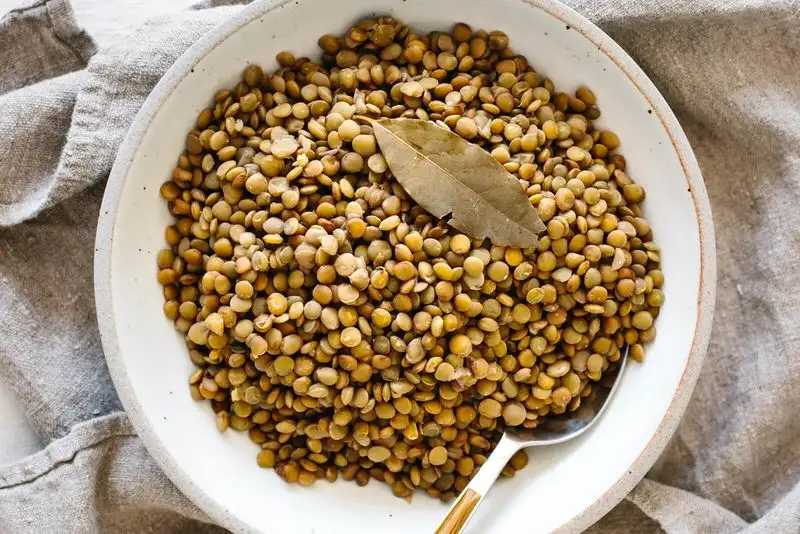
Lentils are a quick-growing, cool-season crop that brings diversity to your garden. They are easy to grow and packed with nutrients like fiber and protein.
Sow the seeds directly in the soil in early spring. Ensure the soil is loose and well-drained for optimal growth.
Lentils are perfect for soups and stews, providing a hearty texture and earthy flavor. Homegrown lentils add freshness and are highly rewarding for any gardener.
Chickpeas
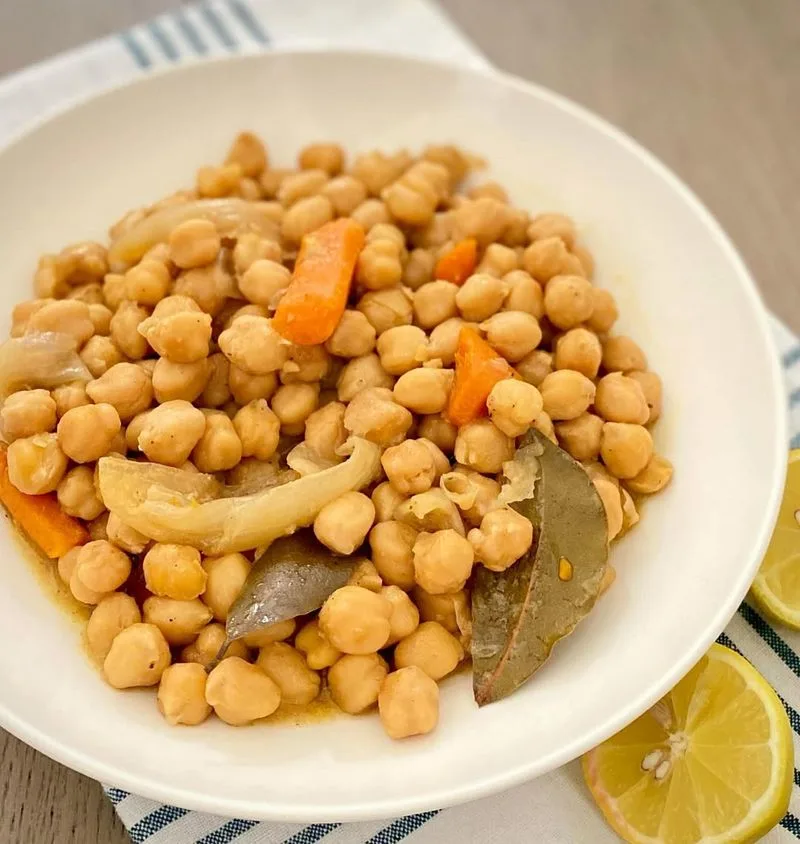
Chickpeas, also known as garbanzo beans, are nutritious and versatile. Rich in protein and essential vitamins, they are excellent for various dishes.
Plant chickpeas in well-drained soil and ensure they receive full sunlight. They are drought-tolerant once established.
Homegrown chickpeas can be roasted for a savory snack or blended for creamy hummus. Their nutty taste and firm texture make them a delightful addition to any meal.
Kidney Beans
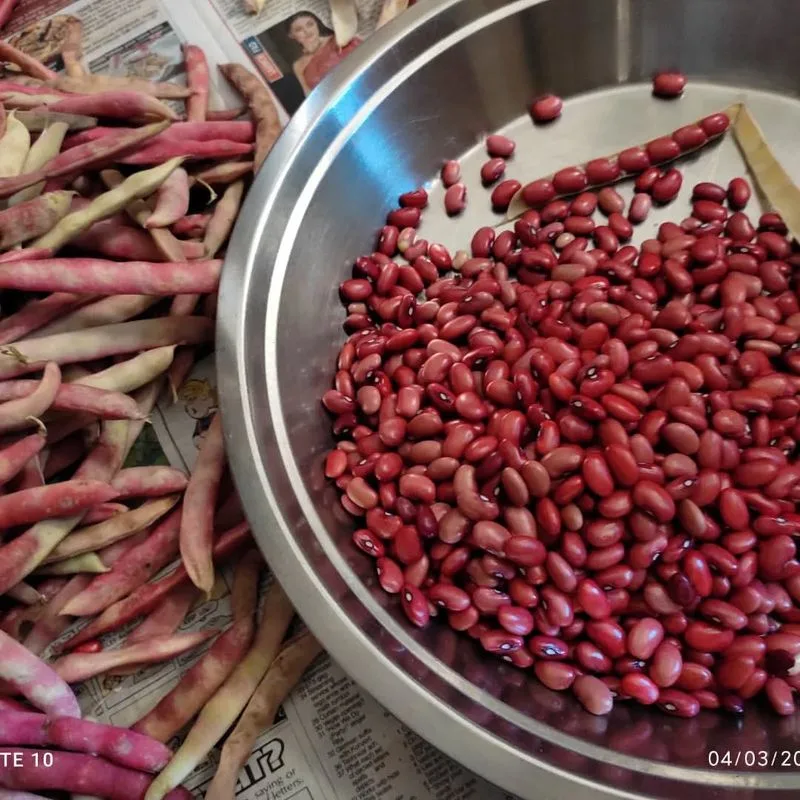
Kidney beans are known for their distinct shape and deep red color. They are nutrient-rich, offering fiber and protein.
These beans thrive in warm, sunny environments. Plant them in fertile soil and keep them well-watered without over-saturating.
Kidney beans are ideal for chili and casseroles, providing a hearty texture and robust flavor. Growing them at home ensures a fresh supply for your culinary creations.
Pinto Beans
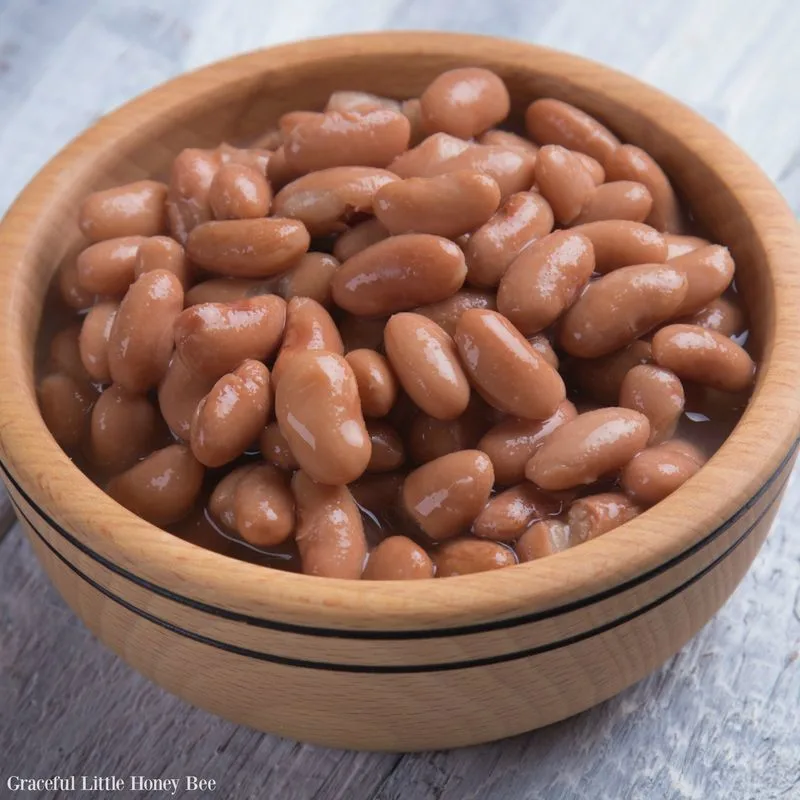
Pinto beans are a favorite for their creamy texture and earthy flavor. They are a staple in many cuisines and easy to grow.
Plant pinto beans in warm soil with plenty of sunshine. They require regular watering but are relatively low maintenance.
Use them in refried beans or toss them into salads for a protein boost. Homegrown pinto beans bring freshness and flavor to your kitchen.
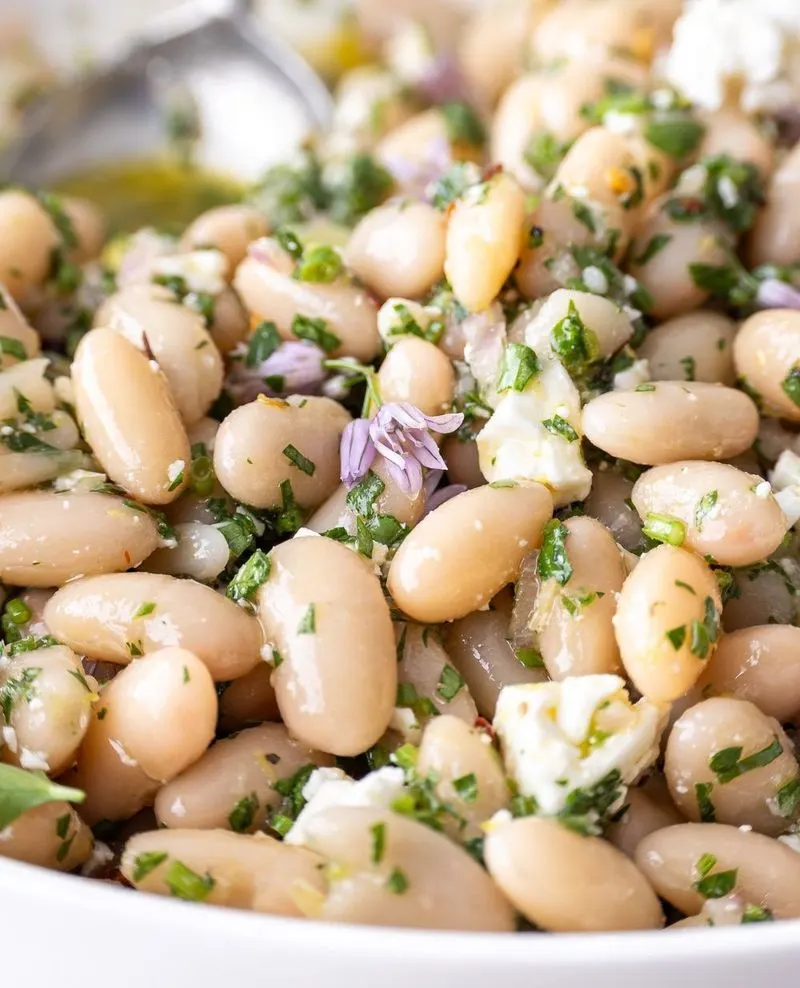
Navy beans, small and white, are perfect for soups and baked beans. They pack a punch of protein and fiber.
Grow them in well-drained soil, ensuring they receive full sunlight throughout the day. Regular watering is key.
Harvested navy beans can be cooked into creamy soups or baked into savory dishes. Their mild flavor and smooth texture make them a versatile addition to any meal.
Fava Beans
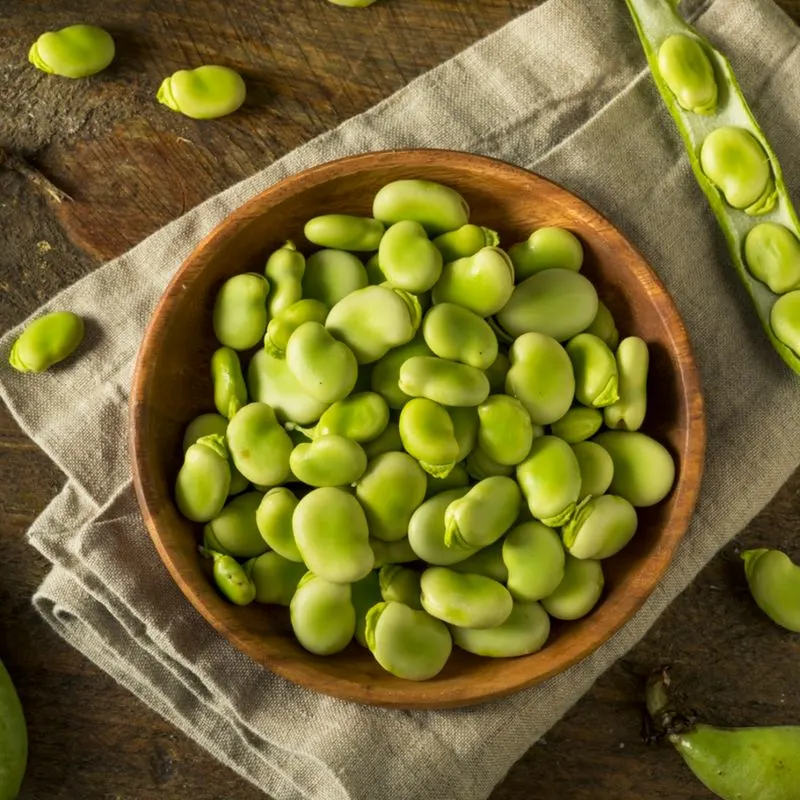
Fava beans, with their buttery flavor and creamy texture, are a gardener’s delight. They’re rich in protein and fiber.
Plant fava beans in cool, well-drained soil. They prefer mild temperatures and need support as they grow tall.
Enjoy them fresh in salads or cook them into delicious spreads. Fava beans bring a taste of Mediterranean cuisine to your home garden.
Lima Beans
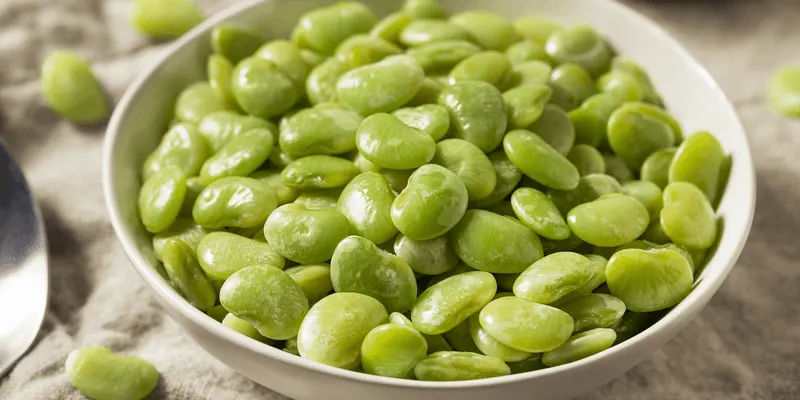
Lima beans are cherished for their creamy texture and subtle flavor. They are a nutritious addition to any garden.
Plant them in warm soil with full sunlight and regular watering. They thrive in humid conditions.
Lima beans are perfect for summer salads and casseroles. Their smooth texture and mild taste make them a family favorite. Growing them at home ensures they are fresh and flavorful.
Adzuki Beans
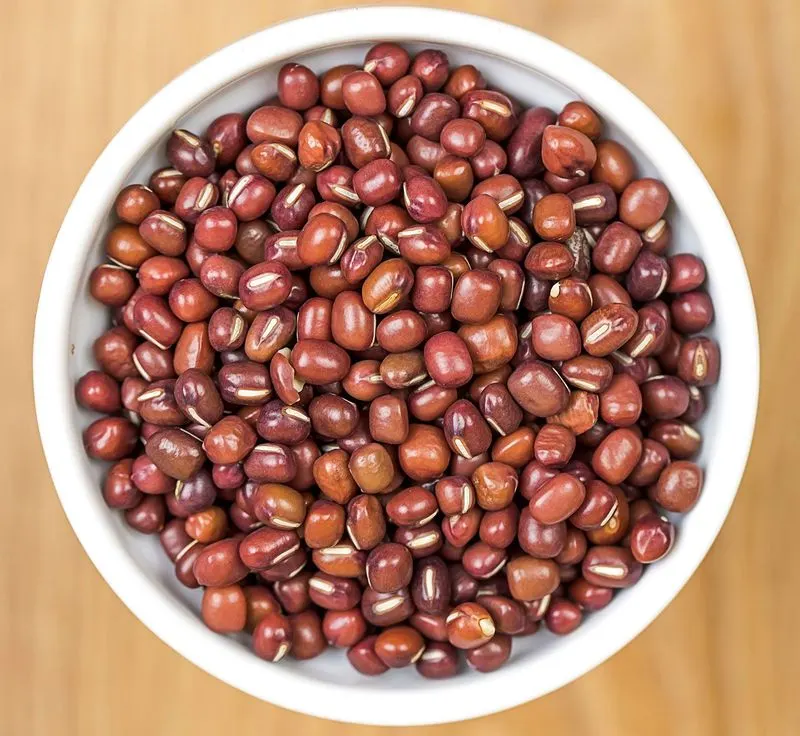
Adzuki beans are known for their sweet taste and are often used in Asian cuisine. They’re high in protein and fiber.
Grow them in well-drained soil with plenty of sunlight. Ensure consistent watering to promote growth.
Use adzuki beans in sweet desserts or savory dishes for a unique twist. Their distinctive flavor and nutritional benefits make them a valuable addition to your home garden.
Cannellini Beans
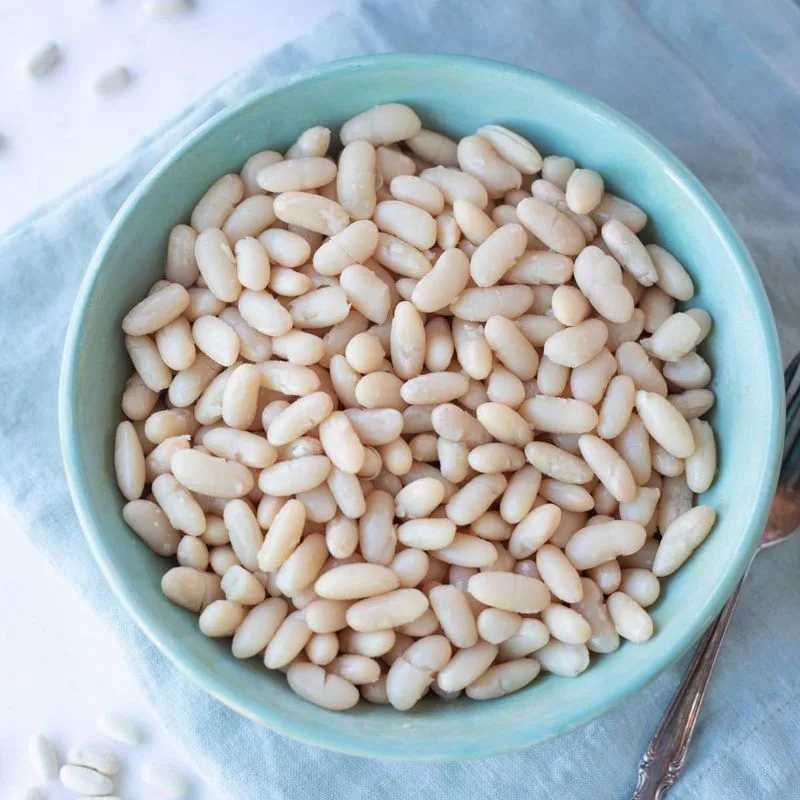
Cannellini beans, with their mild flavor and creamy texture, are perfect for Italian dishes. They’re rich in protein and fiber.
Plant them in nutrient-rich soil and ensure they receive full sunlight. Regular watering is essential for healthy growth.
Cannellini beans enhance the flavor of soups, salads, and stews. Growing them at home adds an authentic touch to your culinary creations. Their versatility makes them a must-have in any kitchen garden.
Soybeans
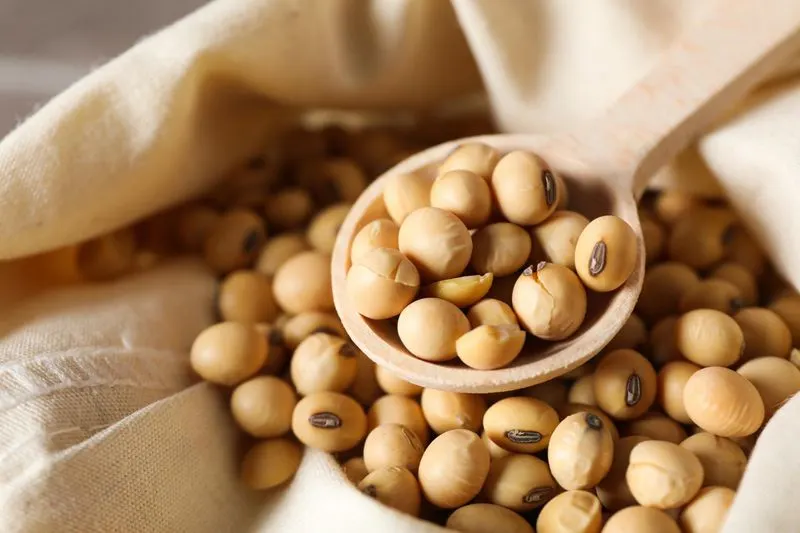
Soybeans are a powerhouse of nutrition, offering protein, vitamins, and minerals. They’re versatile and easy to grow.
Plant soybeans in warm, fertile soil with plenty of sunlight. Keep the soil moist but avoid over-watering.
Use soybeans for tofu, soy milk, or edamame. Their culinary uses are endless, and growing them at home ensures a fresh, nutritious supply. Enjoy the health benefits and delicious taste of homegrown soybeans.
Mung Beans
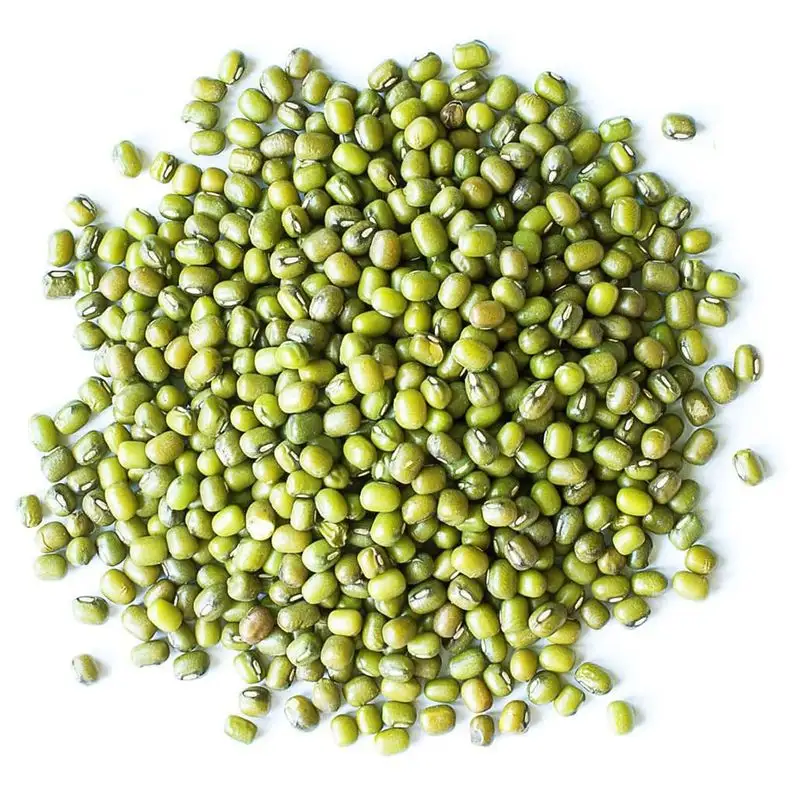
Mung beans are small, green legumes known for their health benefits. They’re high in protein and antioxidants.
Grow them in well-drained soil with access to sunlight. Water regularly, as mung beans prefer moist conditions.
Sprout mung beans for salads or use them in savory dishes. Their mild flavor and nutritional value make them a healthy choice. Adding mung beans to your garden is both easy and rewarding.
Broad Beans
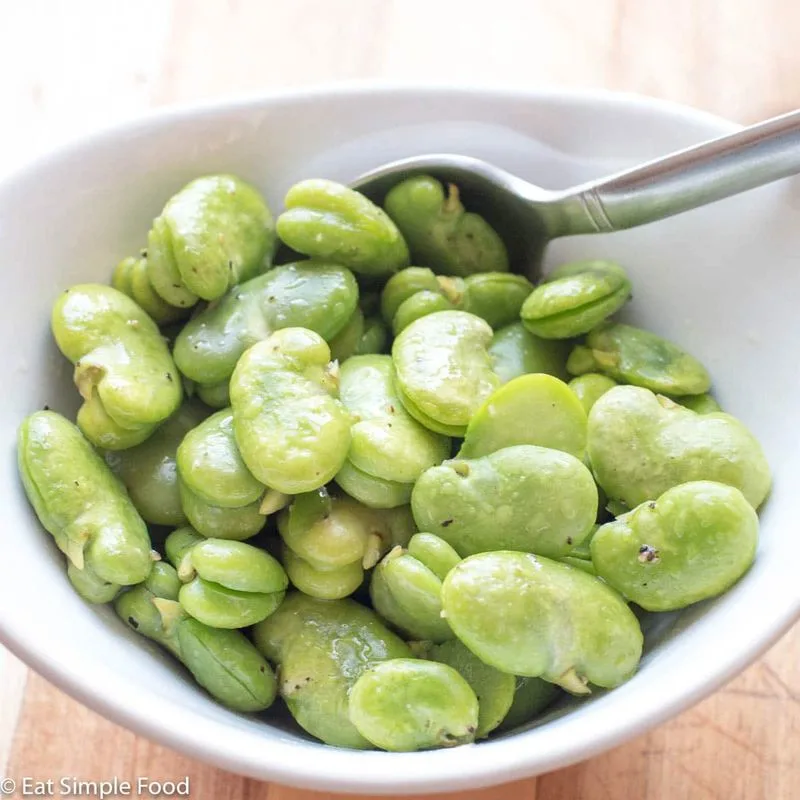
Broad beans, or fava beans, are rich in protein and fiber. They offer a creamy texture and nutty flavor.
Plant them in cool, fertile soil with full sun exposure. Regular watering will promote healthy growth.
Use broad beans in soups, stews, or as a standalone dish. Their rich taste and nutritional benefits make them a popular choice for home gardeners.
Red Beans
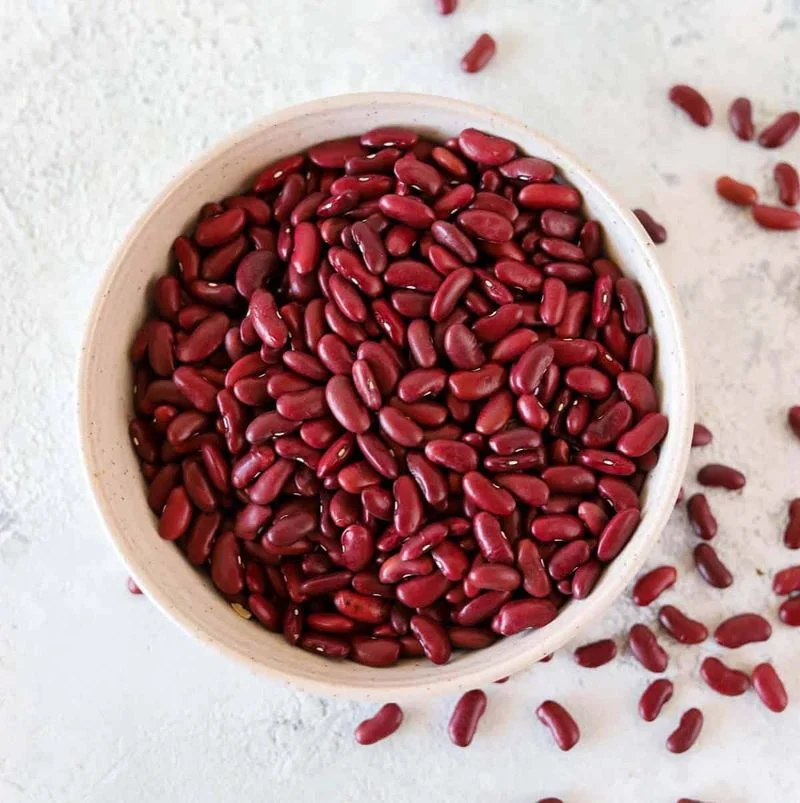
Red beans are small but packed with flavor and nutrients. They’re high in protein and fiber, making them a healthy choice.
Grow them in well-drained soil with consistent sunlight. Keep the soil moist but not waterlogged.
Use red beans in savory dishes or salads. Their robust flavor and texture make them a versatile addition to your kitchen. Growing them at home ensures they are fresh and full of taste.
Butter Beans
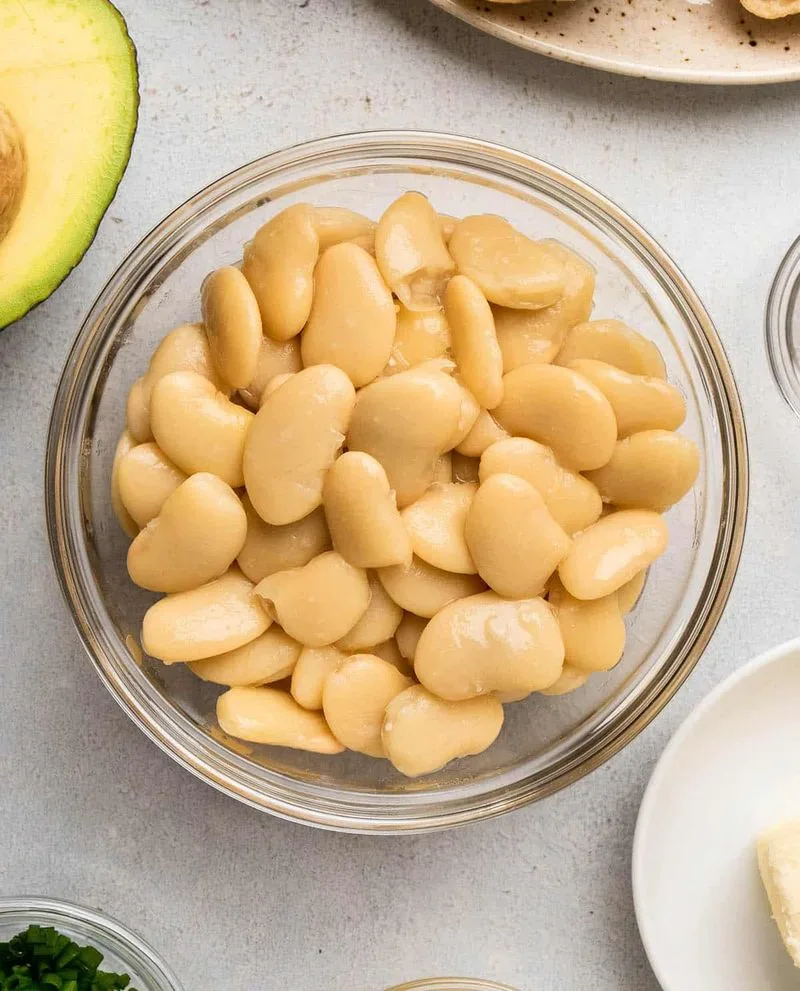
Butter beans, also known as lima beans, are loved for their creamy texture and rich flavor. They’re high in protein and fiber.
Plant them in warm soil with access to full sunlight. Water regularly, especially during dry spells.
Enjoy butter beans in casseroles or as a side dish. Their smooth texture and buttery flavor bring comfort to any meal. Growing them at home ensures a fresh and delightful harvest.
Runner Beans
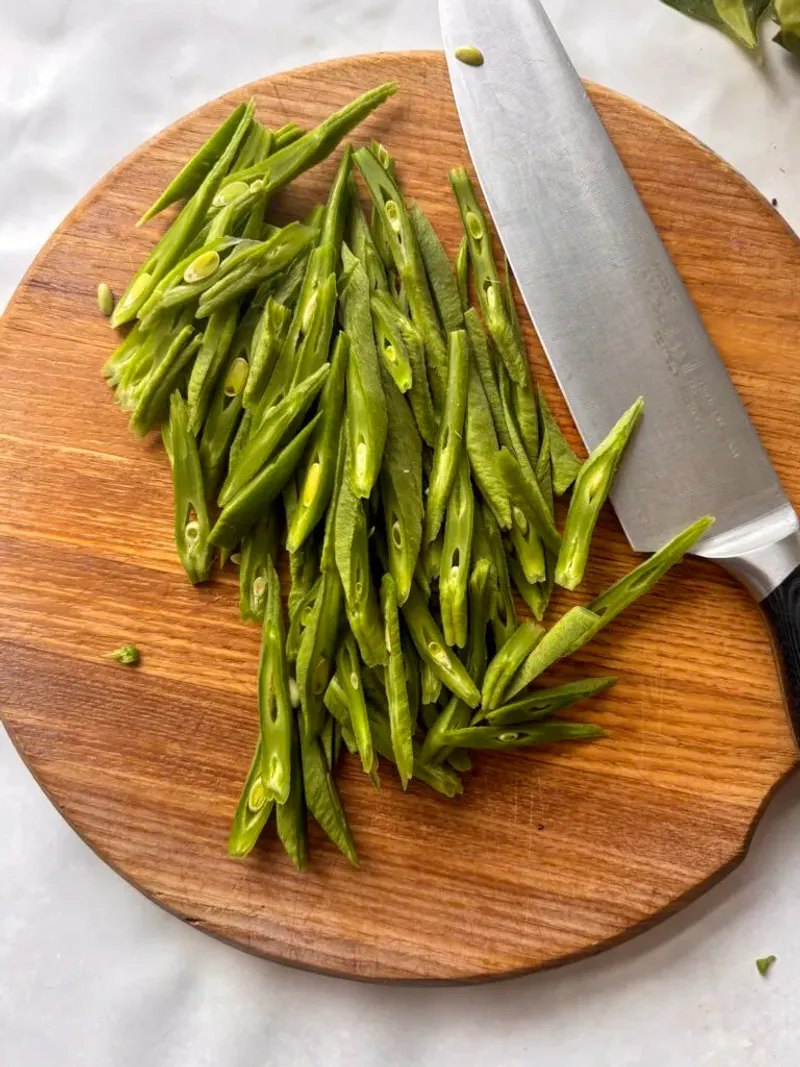
Runner beans are known for their beautiful flowers and tasty pods. They’re high in vitamins and fiber.
Grow them in fertile soil with plenty of sunlight. Provide support, as they can grow quite tall.
Use runner beans in salads or as a side dish. Their unique flavor and vibrant appearance make them a standout in any garden. Homegrown runner beans add a touch of elegance to your meals.
Green Beans
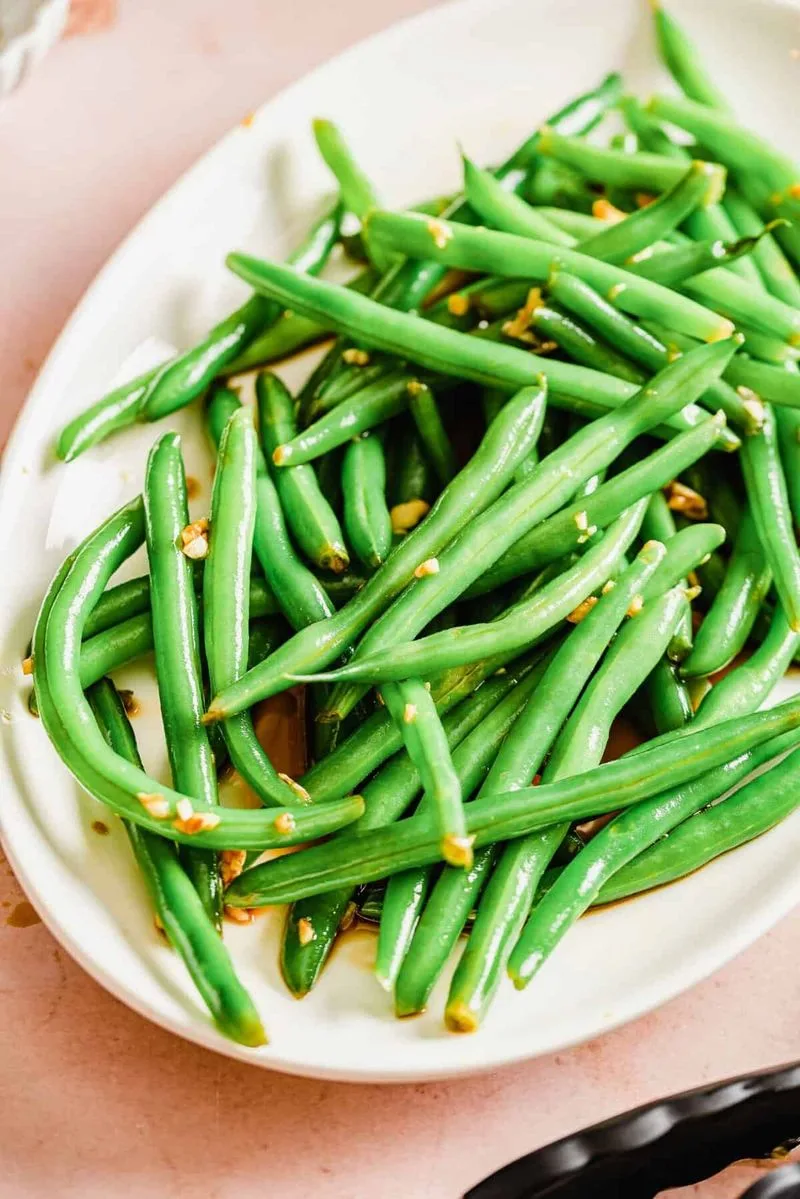
Green beans are a classic garden favorite, known for their crisp texture and mild flavor. They’re rich in vitamins and minerals.
Plant them in well-drained soil with plenty of sunlight. They thrive with regular watering and care.
Use green beans in stir-fries, salads, or as a side dish. Their fresh taste and nutritional benefits make them a must-have in any garden. Growing them at home ensures a continuous supply of healthy, delicious beans.
French Beans
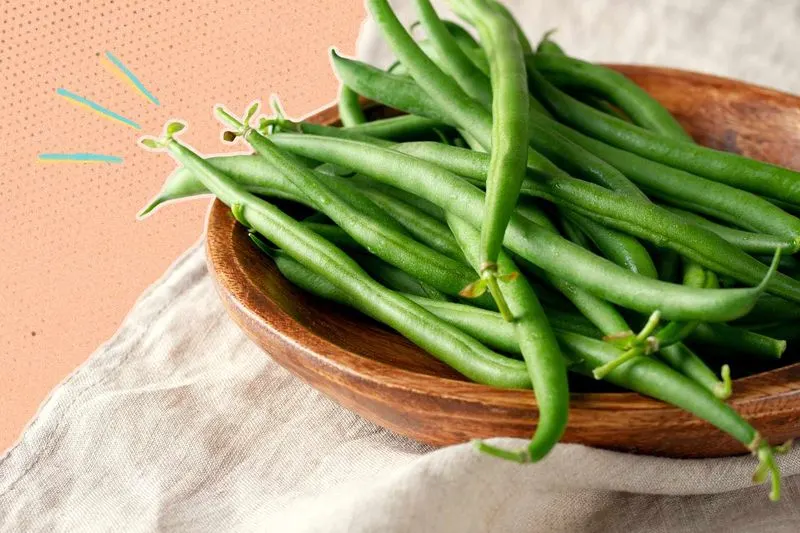
French beans, also known as haricot verts, are celebrated for their tender texture and delicate flavor. They’re rich in vitamins.
Grow them in fertile soil with full sun exposure. Provide support as they grow vertically.
Enjoy French beans in gourmet dishes or simple salads. Their elegant appearance and taste make them a gourmet choice. Cultivating them at home adds a touch of sophistication to your garden and kitchen.
Black-eyed Peas
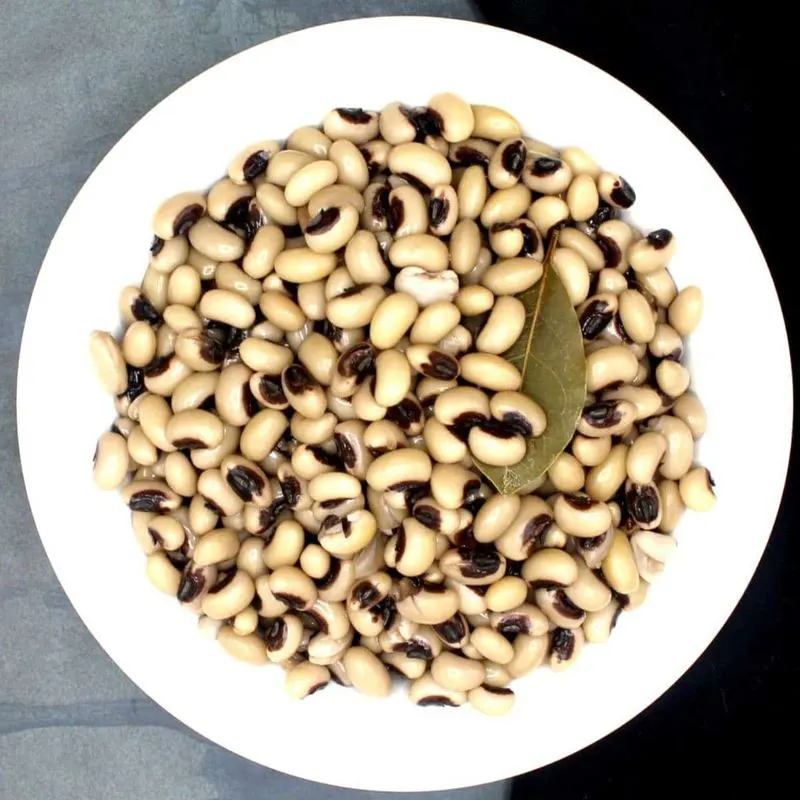
Black-eyed peas are a Southern staple, known for their earthy flavor and nutritional benefits. They’re high in protein and folate.
Plant them in warm, well-drained soil with plenty of sunlight. Water consistently for healthy growth.
Use black-eyed peas in stews or salads. Their distinctive taste and texture bring Southern charm to your meals. Growing them at home ensures they are fresh and full of flavor.
Borlotti Beans
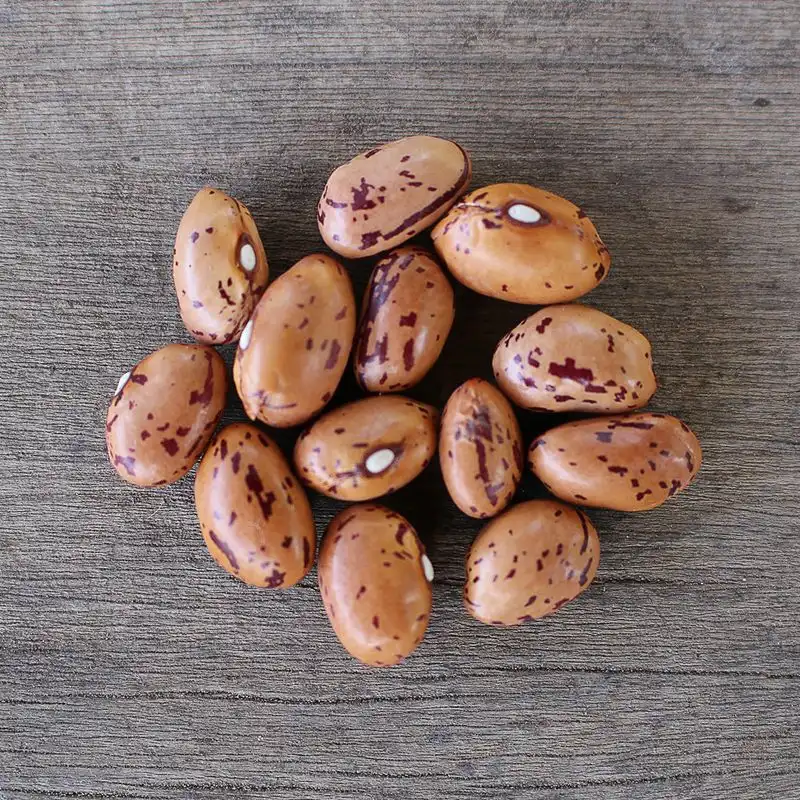
Borlotti beans, known for their striking appearance and creamy texture, are a gardener’s delight. They’re rich in protein and fiber.
Grow them in fertile soil with ample sunlight. Regular watering will keep them thriving.
Use borlotti beans in Italian dishes or hearty soups. Their unique appearance and flavor make them a favorite among home cooks. Cultivating them at home brings a touch of Italy to your garden.

